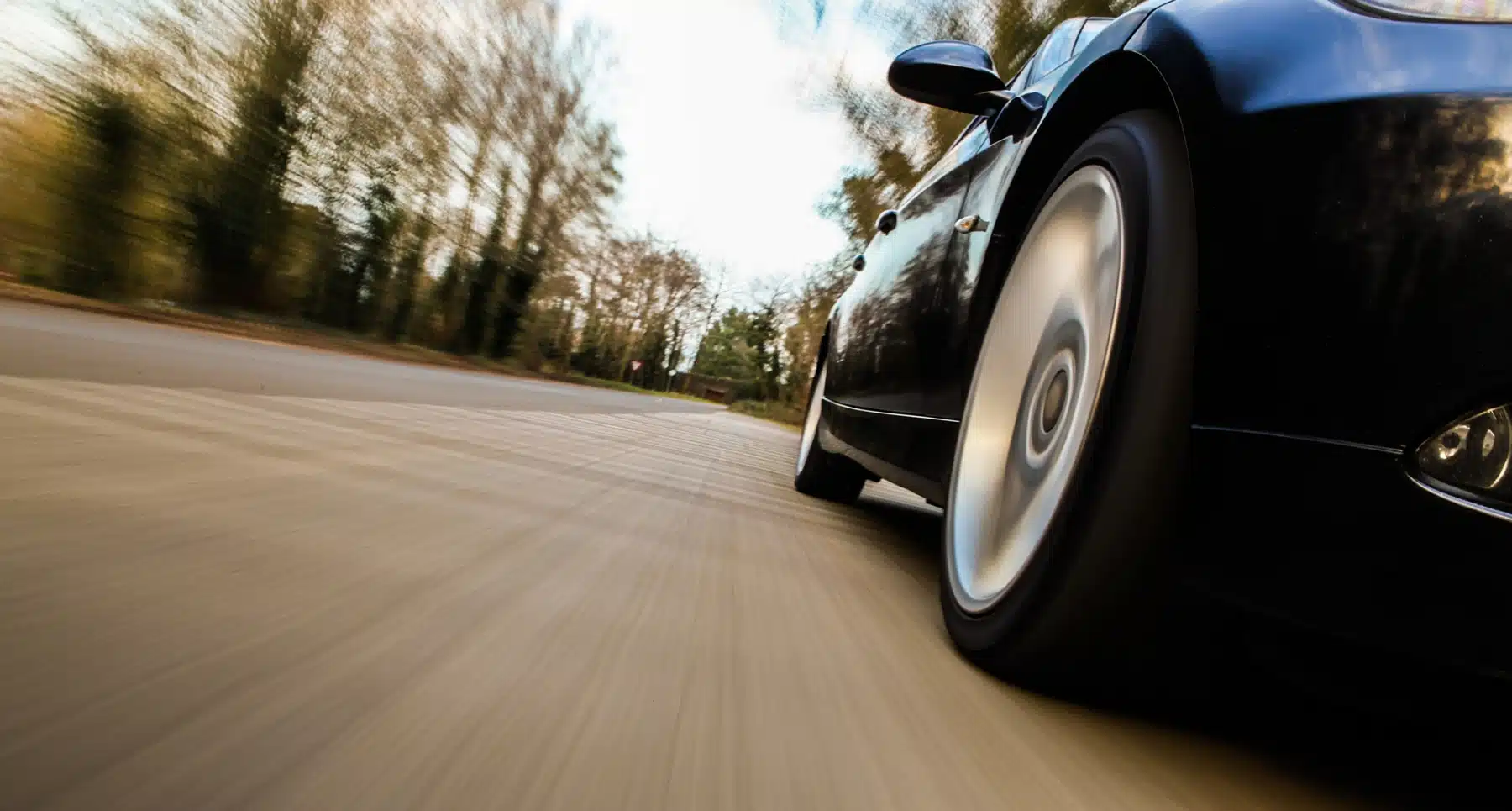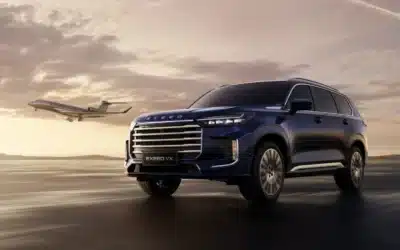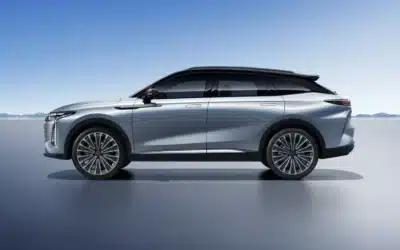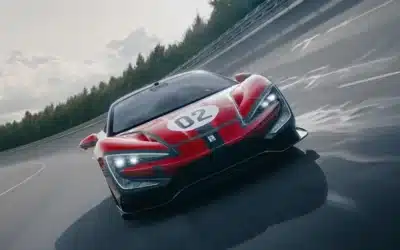
Acceleration is something of an EV party-piece. It’s the sock you stuff in the mouths of naysayers who claim that electric cars are glorified golf carts, not fun to drive, and don’t appeal to ‘car fans’.
Battery-only vehicles are known for their immediacy and alacrity of movement from standstill. How they achieve this is actually a simple matter of physics and mechanics, but before we get into that, let’s put automotive acceleration into context.
What does acceleration in a car feel like?
The first supercar I ever reviewed, way back in 1990, was the iconic Lamborghini Countach; would say, the ultimate supercar. The mid-80s LP500 S featured a 4.8-litre V12 engine putting out about 370bhp. An acceleration time of 0-100km/h of 5.2 seconds was, at the time, as sensational as the wedge-shaped Countach’s styling.
I distinctly remember flooring the accelerator in second gear. There was a fraction of a second’s hesitation before the mighty motor seemed to get the message, another fraction as it built up steam, and then it was as if a charging bull (bulls being synonymous with Lamborghinis) had just connected with the back of my chair, and it was seeing red – lots of red!
The first Honda Civic Type R I sampled delivered its mean momentum in a very different manner. Feeling frankly as pedestrian as a regular family hatchback from start off, it wasn’t until you got the engine screaming at the higher end of the rev range that it would catch its second wind, and literally leap towards the horizon with a frenzy.
From fast and furious, to rock and roll, and musclecars. They are all about the theatrics even when they’re idling, and gently vibrating from the excessive latent energy emanating from fearsome V8 engines.
Deploy the ponies on those things, and you’re likely to get thunderous noise, clouds of smoke, and clumps of rubber hurled at bystanders from the tyres, as they light up their rear wheels and writhe vicariously before eventually racing off furiously – about 10 seconds after a humble city car has already crossed the finish line!
Finally, we come to electric cars and let’s start with not a supercar, sports car or even an EV equivalent of a hot hatch, but instead a luxurious family SUV. I recently reviewed the Genesis GV60 Sport Plus electric crossover which featured a ‘boost button’. Hit it and for a short period it unleashes the motor’s full potential.
It begged to be tried. Triggering boost mode and mashing the pedal, literally left me with a dropped jaw, head pinned to the headrest and letting out an involuntary scream, all thanks to the sheer shock of the instantaneous acceleration. There’s no build-up, none of the anticipation, and usually no accompanying sound either. With electric cars you get sudden, and unrelenting, acceleration. Those are the two defining factors of EV performance.
Electric Cars are the Quickest of All
The aforementioned Genesis GV60 Sport Plus offers the 0-100km/h acceleration time of an astonishing 4.0 seconds with boost engaged. That’s staggering for something that will transport a family of five in luxury.
But for EVs it’s not actually particularly impressive. The Porsche Taycan, a four-door luxury saloon can achieve the same sprint in just 2.4 seconds. But it’ll be upstaged by another executive express, the Tesla Model S Plaid which sneaks in just below two seconds.
If that’s for vehicles designed to carry passengers in comfort and opulence, what can dedicated racers achieve? A US$2.2m Rimac Nevera will do 1.85 seconds, but even that is bested by the Japanese Aspark Owl at just 1.69 seconds.
Fancy shaving a further few tenths off? Step forward the British McMurthy Spéirling, a 1000bhp, single seater that holds the current Goodwood Hillclimb record of just 39.08 seconds, thanks not just to electric motive power, but 2000kg of grip-inducing downforce from two fans. This astonishing machine will accelerate from rest to 100kph in an internals-rearranging 1.5 seconds!
By comparison, the fastest non-EV is the Ferrari SF90 Stradale at 2.5 seconds for the 0 to 100km/h dash. However, even that receives electric assistance, as it’s a plug-in hybrid and not pure petrol.
How do EVs accelerate so quickly?
It’s all about the torque curve. Torque is the turning force that actually makes a vehicle go. View it on a graph versus engine RPM, and you’ll notice that for Internal Combustion Engine (ICE) cars, it gradually rises, before reaching a peak point before turning back downwards. On an EV, the curve is actually a flatline that starts from its peak point, runs straight before eventually dropping off quite steeply.
The secret is that while traditional Internal Combustion Engine (ICE) cars gradually build up to peak torque and quickly run short of it, electric motors generate maximum torque from the moment they start spinning and hold on to it for much longer. Some manufacturers have actually had to dial the torque down initially, because the force would either overwhelm traction or snap drive axles in half!
Additionally, electric cars typically use a single-speed transmission, or a direct drive system. As such, there is no gear shifting, which even a typical automatic transmission will do, and which causes a momentary gap in the acceleration as gear cogs are swapped over. However, when there’s only one gear, power delivery is continuous and seamless, hence unrelenting acceleration.
With EV battery packs usually sandwiched in the floor, the lower centre of gravity, which is ideal for performance cars in general because it improves stability, actually further aids traction at the wheels. Additionally, of course, traction and stability systems are added and programmed to modulate and control the deployment of torque to make it as effective and efficient as possible.
This is what makes the performance potential of electric cars so swift and silent. Just remember that when you go baiting dinosaur supercars in your futuristic family SUV.











